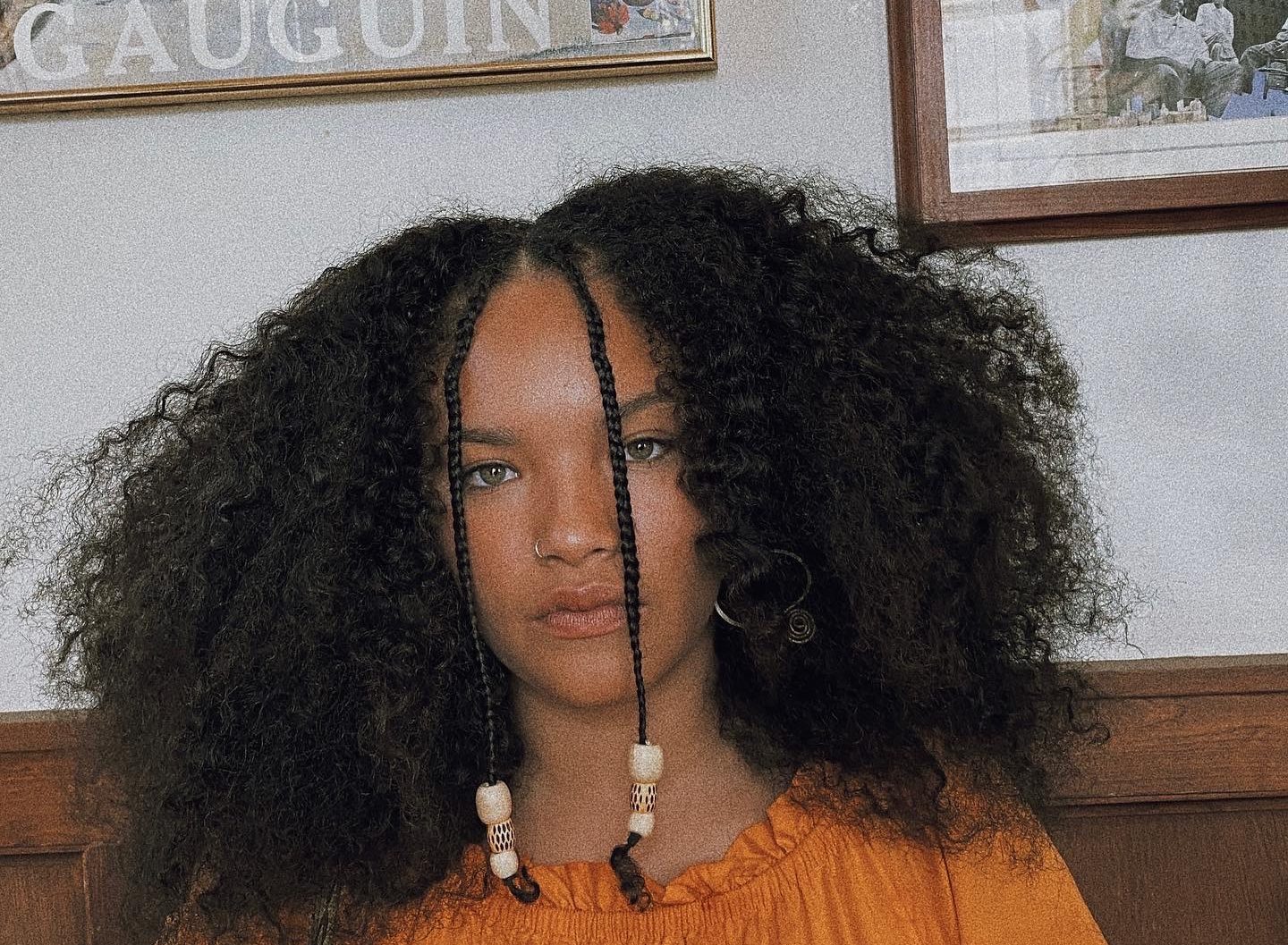Archiving Black travel, wellness, and art, Doriana Diaz creates a safe space for the Diaspora to feel seen and remembered. With an artistic practice that centers the Black experience and is influenced by traveling, she shares her process and musings. From her first-ever solo trip to Brazil, to nurturing community within the U.S., Diaz knows how to make the most of local and international influences. Exploring the world offered this artist a chance to connect with Black culture around the world, while embodying it.
Find out which locations inspired Diaz’s work and how she consciously showcases Black life, art, and movement.
Tell us about yourself

My name is Doriana Diaz and I am a multidimensional collage artist, memory worker, and archivist. I believe art has DNA. Art keeps company. It is a profound language of self-expression and renewal. My work is an exploration of cultural agency, archival documentation, and rhythms of resistance and expansion.
How did you start traveling/exploring beyond your hometown?
I began traveling at a very young age. I was lucky enough to explore the world throughout my childhood. My mama was a travel agent so we went from Africa to Argentina, to Paris, and many more. The hunt for exploration was instilled in me from a very young age. I think that this passion was further developed as I got older and began to travel on my own.
Which country or destination has most influenced your artistic approach?
When I was a junior in college, I decided to apply to a program in Cachoeira, Brazil. This program was a week of studying at The Black Feminist School. This was my first trip flying solo to another country.
when I arrived it was just starting.
the music from under my window began to leap across the river.
harvesting sounds under the palm leaves.
the band played all night long as the children danced in circles.
the adults and grown folk sat at card tables on the cobbles
stones drinking, mesmerized by the sight in front of them.
we all joined them.
we sat down and ordered beers for the table newly introduced
and un-strangering one another.
we all began to undress ourselves.
we needed no permission.
I saw black women of every shape, form, and dimension expose herself.
we spoke in our own languages.
we laughed and touched skin, running hands over every surface
until we were raw and smelt of each other’s home countries.
we were teaching each other how to fall in love.
we reached inside one another’s throats and pulled out
stories that needed no translations.
I felt sure something was coming.
that was the first night I ever saw the moon smile.
Cachoeria Lullaby, Doriana Diaz (2019)
That is such a beautiful representation of the imprint that Brazil left on your practice. How did you navigate Brazil as the first country for your solo travels? Would you recommend it?

Navigating Brazil was not a hardship for me — I really cherished and enjoyed my moments of solitude during my time. I met so many amazing people throughout the whole journey that made it so much more liberating and nourishing. I would recommend it to every single person. Bahía is the most beautiful place you will ever go.
What prompted you to begin The Diaz Collections?

The Diaz Collections is a living entity of proof of my birthright. She was prompted by the desire to further investigate my depths. It came from a passion for archival practice and cultural preservation. I came to The Diaz Collections from the hymnal of Sonia Sanchez, “I shall become a collector of me. And put meat on my soul”. To me, this quote represents a practice of delicacy and salvation, to always remain curious of my own collections. In early 2019, I was soul searching for a space of newness and rare pleasure to channel my curiosities. This time was the beginning of my own happenings. I was eager to curate my own mark. As she evolved, she became her own entity, one that is no longer mine, but her own form, function, and practice.
Since traveling more of the world, what are your thoughts on archiving and representing the Diaspora in a digital environment?

To be a curator or archivist of any kind is to be a memory worker. My work has always been rooted in the idea of ensuring that whatever is made through a vessel of mine is preserved for the collective memory, for the lines of lineage within me, and beyond my own human form. In the digital space, it is equally as important. However, I prefer the touch of creation through energy transference, through the simple yet specific craft of sourcing imagery, cutting, pasting, and reconfiguring with my hands. My dear friend Shefon Taylor, a fellow collage artist, whose work I admire greatly, explained it so beautifully in a conversation we shared. She said, “I will always reference this practice as a process that has been such an entryway to myself. The overwhelming clarity that I have when I sit down with that blade is remarkable.” It is inheritance. It is a heritage. It is language. It is meditation. To me, this is life’s blood, this is movement, this is jazz, it is the fire that gives light to the world.
Where can we find you online?
You can find more of my work on Instagram.
Related: Weruzo: Homewares Inspired By Traditional African Folk Instruments, Crafted By Nigerian Artists
